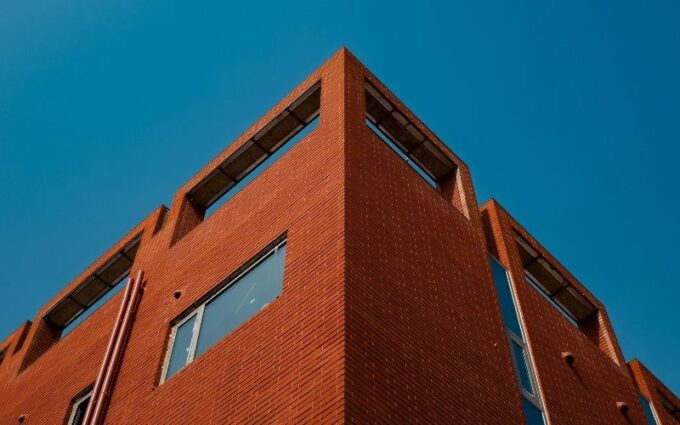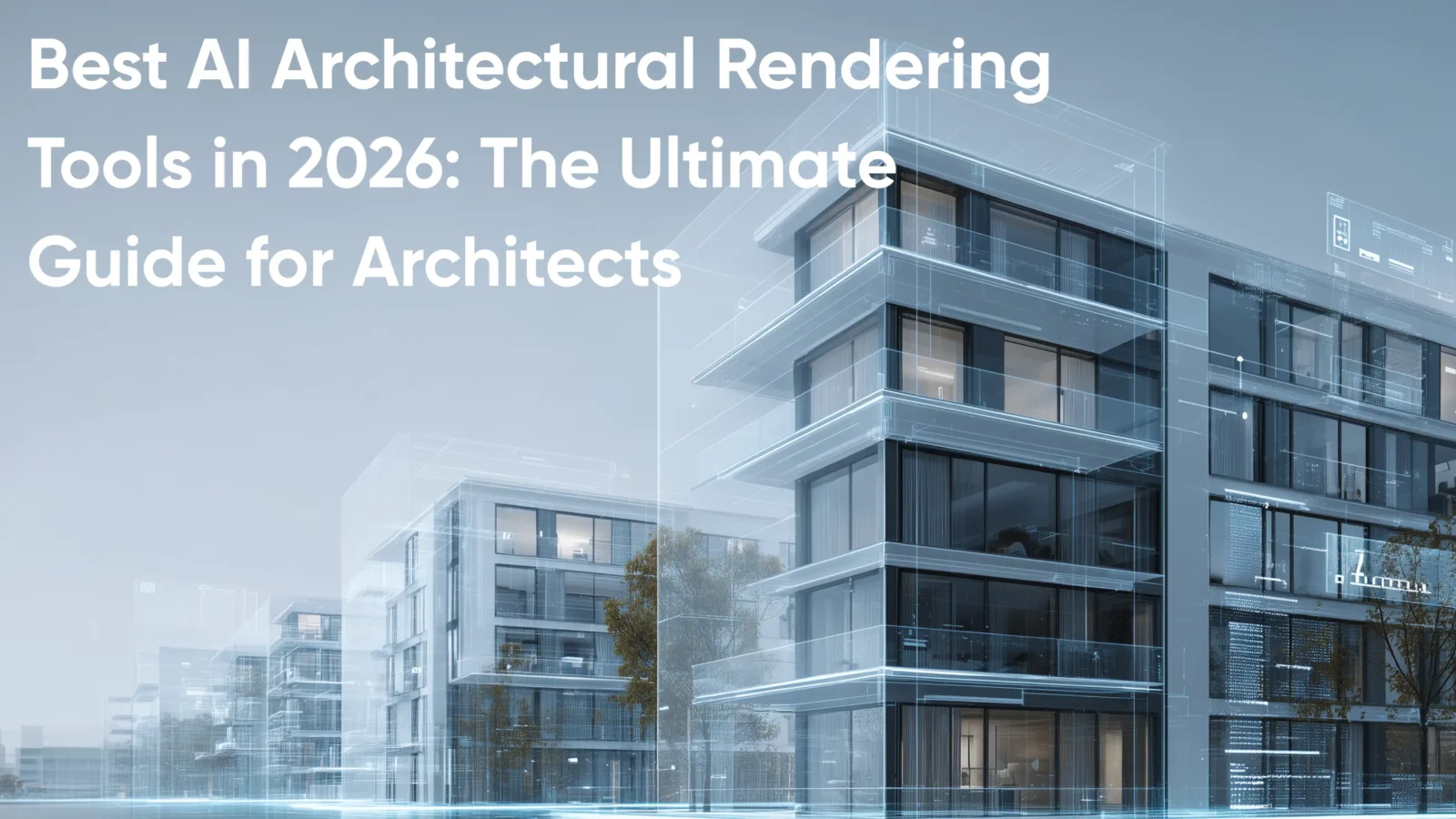- Home
- Articles
- Architectural Portfolio
- Architectral Presentation
- Inspirational Stories
- Architecture News
- Visualization
- BIM Industry
- Facade Design
- Parametric Design
- Career
- Landscape Architecture
- Construction
- Artificial Intelligence
- Sketching
- Design Softwares
- Diagrams
- Writing
- Architectural Tips
- Sustainability
- Courses
- Concept
- Technology
- History & Heritage
- Future of Architecture
- Guides & How-To
- Art & Culture
- Projects
- Interior Design
- Competitions
- Jobs
- Store
- Tools
- More
- Home
- Articles
- Architectural Portfolio
- Architectral Presentation
- Inspirational Stories
- Architecture News
- Visualization
- BIM Industry
- Facade Design
- Parametric Design
- Career
- Landscape Architecture
- Construction
- Artificial Intelligence
- Sketching
- Design Softwares
- Diagrams
- Writing
- Architectural Tips
- Sustainability
- Courses
- Concept
- Technology
- History & Heritage
- Future of Architecture
- Guides & How-To
- Art & Culture
- Projects
- Interior Design
- Competitions
- Jobs
- Store
- Tools
- More
Lumion 2024: Transform Architectural Renderings with the Latest Features

In the ever-evolving world of interior design, staying ahead of the curve is crucial. With the release of Lumion 2024, we now have access to a powerful tool that transforms our design visions into stunning, photorealistic renderings. This latest version offers an intuitive workflow and rapid rendering speeds, making it easier than ever to bring interiors to life with precision and flair.
What’s more, Lumion 2024 introduces advanced features like the NRD Denoiser in Movie Mode and OIDN in Photo Mode, ensuring our renderings are crisp and clear. Whether we’re working on residential interiors, commercial spaces, or urban plans, Lumion 2024 empowers us to create immersive visual experiences that captivate clients and stakeholders alike.
Table of Contents
ToggleOverview of Lumion 2024 for Interior Design
Key Enhancements and Features
Lumion 2024 introduces several key enhancements to elevate interior design renderings. In Movie Mode, the NRD Denoiser activates by default, ensuring smooth images, while Photo Mode leverages OIDN for high-quality ray-tracing effects. The addition of the Precipitation Effect enhances realism in scenarios where weather impacts the ambiance.
The latest update also prevents the Color Correction Effect from resetting the HQ Preview to a lower quality draft, allowing real-time high-resolution preview while making adjustments. The Real Skies Effect now handles corrupted HDR files gracefully and features improved background brightness resolution. Moreover, the Fog Effect works seamlessly with Ray Tracing, showing multiple layers of glass surfaces as intended.
Camera presets have seen significant improvements. The Pan/Tilt Camera now has reduced End Angle snap points, making fine adjustments simpler. Follow Object presets ensure cameras maintain their positions even when the target object is removed and can be manipulated using the Gizmo. Orbit Camera presets now reliably switch between Simple and Advanced paths.

Comprehensive Material and Object Libraries
The Lumion 2024 update expands the material and object libraries, adding 26 new Brick Materials. These materials enhance the range of textures available for creating diverse interior environments. Added content can be efficiently searched in the Object Library using the L24 search item, ensuring ease of access during the design process.
The update allows the Lumion workspace to mirror controls from popular 3D modeling applications such as SketchUp, Revit, and Rhino. Consistent controls simplify the transition between software, speeding up the design workflow. The option to conform objects to the landscape during placement further streamlines the design process, improving both efficiency and accuracy.
Lumion 2024 offers powerful tools and enhancements, ensuring designers can create stunning, realistic interior renderings with minimal effort. The comprehensive updates cater to a smooth, efficient, and detailed design experience, solidifying Lumion’s position as a leader in 3D rendering software for interior design.
Core Improvements in Lumion 2024
Ray Tracing Innovations
Lumion 2024 revolutionizes real-time rendering with its optimized ray-tracing effect. This feature provides immediate feedback, allowing for rapid design iterations. In Movie Mode, the NRD Denoiser operates by default, while Photo Mode uses OIDN denoising for nearly instant previews. This streamlined process enhances efficiency, helping designers quickly adjust and perfect their renderings.
Enhanced Lighting and Shadow Accuracy
The new version brings noticeable improvements in lighting and shadow precision. Adjusting the Color Correction Effect no longer resets the HQ Preview to draft mode, maintaining high-quality previews dynamically. Additionally, the Fog Effect now accurately depicts multiple glass surfaces layered together, achieving realistic lighting scenarios that enhance the final output’s depth and dimension.
High-Quality Textures and Materials
Lumion 2024 expands its material library by adding 26 new Brick Materials, enabling richer textural detail. The Real Skies Effect now processes background brightness at a higher resolution, elevating the visual fidelity of backdrops. Furthermore, the software ensures stability when loading custom HDR files by safely ignoring corrupted or invalid inputs, guaranteeing smooth workflows. These enhancements make it easier for designers to achieve photorealistic textures and materials in their interior renderings.

New Tools and Editing Features
Advanced Camera and Scene Editing
Lumion 2024 adds several updates to camera and scene editing to aid interior designers. The Import Camera Path function shows source model locations when hovering over the import button, making it easier to track and update models. Switching from Build Mode to Movie Mode no longer resets the camera position, streamlining the transition between design and presentation phases.
Under Camera Presets, multiple improvements enhance usability. With the Pan/Tilt Camera, end-angle snap points have been reduced to 3 for more precise control. The Follow Object Camera now retains its position if the target object is deleted and allows movement via the Gizmo tool while following an object. The Orbit Camera improves switching between Simple and Advanced Camera Paths, ensuring continuous updates to the camera path.
Other notable updates include the reduction of the end-angle snap points to 3 for the Pan/Tilt Camera, the ability to move the camera using the Gizmo when set to follow an object, and the deactivation of ray tracing effects in Panorama Mode to optimize performance.
Real-Time Rendering Capabilities
Real-time rendering enhancements in Lumion 2024 dramatically improve the user experience and output quality. Ray Tracing Effect, a key feature, is disabled in Panorama Mode for performance optimization. The Color Correction Effect retains high-quality previews, dynamically adjusting image quality as slider values change.
The implementation of the Precipitation Effect now includes enhanced fog and rain streak sliders, functioning correctly when keyframed. Particle displays and orthographic view effects have been refined for accuracy, ensuring realism in rendered scenes.
Enhanced material support, with 26 new Brick Materials, provides more options for creating realistic textures. Additionally, the Fog Effect displays multiple layers of glass surfaces accurately when used with ray tracing, further contributing to realistic renderings.
Comparing Versions: From 2023 to 2024
Upgrades and Changes in User Interface
Lumion 2024 introduces significant upgrades in the user interface. The consistent controls for 3D modeling software like SketchUp, Revit, and Rhino enhance the overall user experience. This consistency is achieved by mirroring the Orbit and Pan key inputs, allowing users to switch between applications smoothly. We’ve also improved the Import Camera Path feature. Users can see source model locations when hovering over the Import button. Camera Presets received multiple updates: the Pan/Tilt Camera now has reduced end-angle snap points. The Follow Object Camera retains its position if the target object is deleted, and the Gizmo can be used to move the camera when set to follow an object. These refinements make Lumion 2024 more intuitive and user-friendly.
Improvements in Performance and Usability
Performance and usability have significantly increased in Lumion 2024. The rendering speed is now five times faster, thanks to advanced ray tracing capabilities without compromising quality. Users can expect reduced rendering times which is beneficial for rapid design iterations. Enhancements in the ray tracing effect now allow the software to handle 2,277 nature items, glass, and translucent materials. The use of NRD Denoiser in Movie Mode and OIDN in Photo Mode provides high-quality visuals. Optimizations in the fog effect enable accurate rendering of multiple glass surface layers. Lumion 2024 also supports higher resolution backgrounds with the Real Skies Effect, avoiding crashes when loading invalid HDR files. These improvements ensure efficient design processes and higher-quality outputs for interior design projects.

Practical Applications
Case Studies: Real-World Examples
Our users have leveraged Lumion 2024 for diverse interior design projects that demonstrate its practical applications. In one instance, an architectural firm used Lumion’s enhanced real-time rendering and NRD Denoiser to visualize a modern office space. The Precipitation Effect added realistic rain streaks to the windows, enhancing the overall ambiance. The firm saved valuable time with the Follow Object Camera feature, maintaining camera angles even when reconfiguring the space.
Another example includes a design studio working on luxury residential interiors. They utilized Lumion’s new Brick Materials to replicate high-end finishes. The ability to see immediate feedback through optimized ray tracing allowed for rapid iterations and precise adjustments. The studio also took advantage of the Pan/Tilt Camera’s reduced end-angle snap points to achieve highly accurate interior perspectives.
Tips for Maximizing Efficiency with Lumion 2024
To maximize efficiency with Lumion 2024, we recommend familiarizing yourself with the new UI changes that mirror controls from common 3D modeling software. This integration streamlines the transition between applications, saving time during the design process.
Utilizing the autosnapping features for Size randomization at 10, 20, 30, and 40 units ensures quicker adjustments and consistent design elements. Similarly, taking advantage of the enhanced Space Objects Evenly tool allows for precise object placement without manual adjustments.
Implementing the new Real Skies Effect and adjusting the Background Brightness slider ensures high-resolution processing, improving visual quality while saving rendering time. Combining the Fog Effect with ray tracing can create multi-layered glass surfaces with depth and realism, an essential technique for intricate interior designs.
By strategically using these optimized features, users can enhance productivity and achieve superior-quality interior renderings with Lumion 2024.

Conclusion
Lumion 2024 has redefined the interior design rendering landscape with its cutting-edge features. The integration of the NRD Denoiser and OIDN ensures our designs exhibit clear, high-quality visuals. The enhancements in lighting and shadow accuracy create more realistic scenes, making our renderings visually compelling.
New tools and editing functionalities in Lumion 2024 significantly boost our design capabilities. Camera presets like the PanTilt Camera simplify navigation with fewer End Angle snap points, and the Follow Object feature retains camera position even if the target object gets deleted.
The Orbit Camera provides seamless transitions between Simple and Advanced Camera Paths. Additional ray tracing improvements, such as the effective handling of materials with opacity and correct precipitation rendering, enhance realism in our projects. Scene visualization remains crystal clear, and performance issues like low VRAM error detections are mitigated.
Color correction seamlessly updates the HQ Preview to reflect dynamic changes, ensuring our final renderings stay true to our artistic vision. The Real Skies Effect prevents crashes, even with corrupted or invalid HDR files.
Practical applications of Lumion 2024 lie in its ability to visualize interior spaces effectively. Real-world projects benefit from realistic effects like rain streaks and high-end finishes, enabling clients to experience the space before actual construction. Productivity enhancements through UI changes and features such as autosnapping ensure precise object placements, streamlining our workflow.
Leveraging Lumion 2024’s sophisticated tools, we achieve superior-quality renderings. It enables us to deliver detailed and accurate visualizations, crucial for client satisfaction and successful project outcomes.
Submit your architectural projects
Follow these steps for submission your project. Submission FormLatest Posts
10 Best Architecture Tools of 2026: Programs, AI, and iPad Apps
A comprehensive guide to the most influential architecture tools and AI platforms...
25 Best AI Architectural Rendering Tools in 2026
AI is revolutionizing architectural visualization in 2026, enabling faster iterations, richer creativity,...
Architectural Visualization in Motion: When a Still Image Isn’t Enough
High-resolution stills have long been the standard in architectural presentation, but today’s...
Best 3D Printers for Architectural Model Making
3D printing has transformed how architects visualize and communicate their ideas. From...












Leave a comment